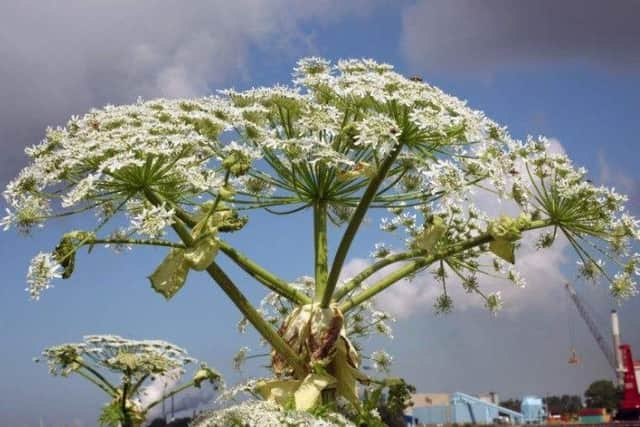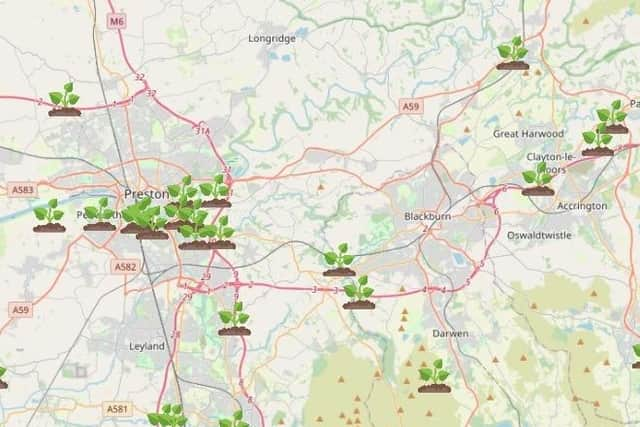Giant hogweed in Lancashire: Interactive map shows where it grows in the county as warning is issued over UK's 'most dangerous plant'
and live on Freeview channel 276
Giant hogweed, a rapidly spreading plant, is known for its invasive nature. It predominantly thrives near water, particularly in damp meadows or abandoned areas.
Reproduction occurs through its seeds, which can be dispersed by wind or water. It poses potential dangers to both humans and animals. Despite its non-native origin to the UK, it has become widely prevalent throughout the country.
Advertisement
Hide AdAdvertisement
Hide AdNow, WhatShed has produced a live interactive map to track the spread of the plant.


You can report an area containing the invasive weed on the Lancashire County Council website here.
Here’s everything you need to know about giant hogweed
Giant hogweed (Heracleum mantegazzianum) is a close relative to cow parsley.
It has thick bristly stems and can reach over 3m (10ft) in height.


Advertisement
Hide AdAdvertisement
Hide AdThe flowers are white and held in flat-topped clusters that can be as large as 60cm (2ft) across.
Giant hogweed was originally brought to Britain from Central Asia in 1893.
Its leaves, stems, roots, flowers and seeds contain toxic components which can be transferred by contact and make exposed skin extremely sensitive to sunlight.
A red rash develops on the skin, which grows more painful and then blisters.
What to do if you come into contact with it
Advertisement
Hide AdAdvertisement
Hide AdIf the sap of the giant hogweed comes into contact with your skin, it can cause severe, painful burns and make your skin sensitive to strong sunlight.
If you touch a giant hogweed, cover the affected area, and wash it with soap and water.
The blisters heal very slowly and can develop into phytophotodermatitis, a type of skin rash which flares up in sunlight. If you feel unwell after contact with giant hogweed, speak to your doctor.
What to do if it is growing on your land
If the weed is growing on your land, you should aim to treat the plant as early as possible to stop it from spreading and becoming a problem to neighbouring land.
Advertisement
Hide AdAdvertisement
Hide AdDue to the dangerous nature of the plant it is not recommended you treat it yourself. Use a specialist company, as they will be skilled at control and can dispose of the plant waste safely.
You should never dispose of Hogweed in your household, business or green waste collection.